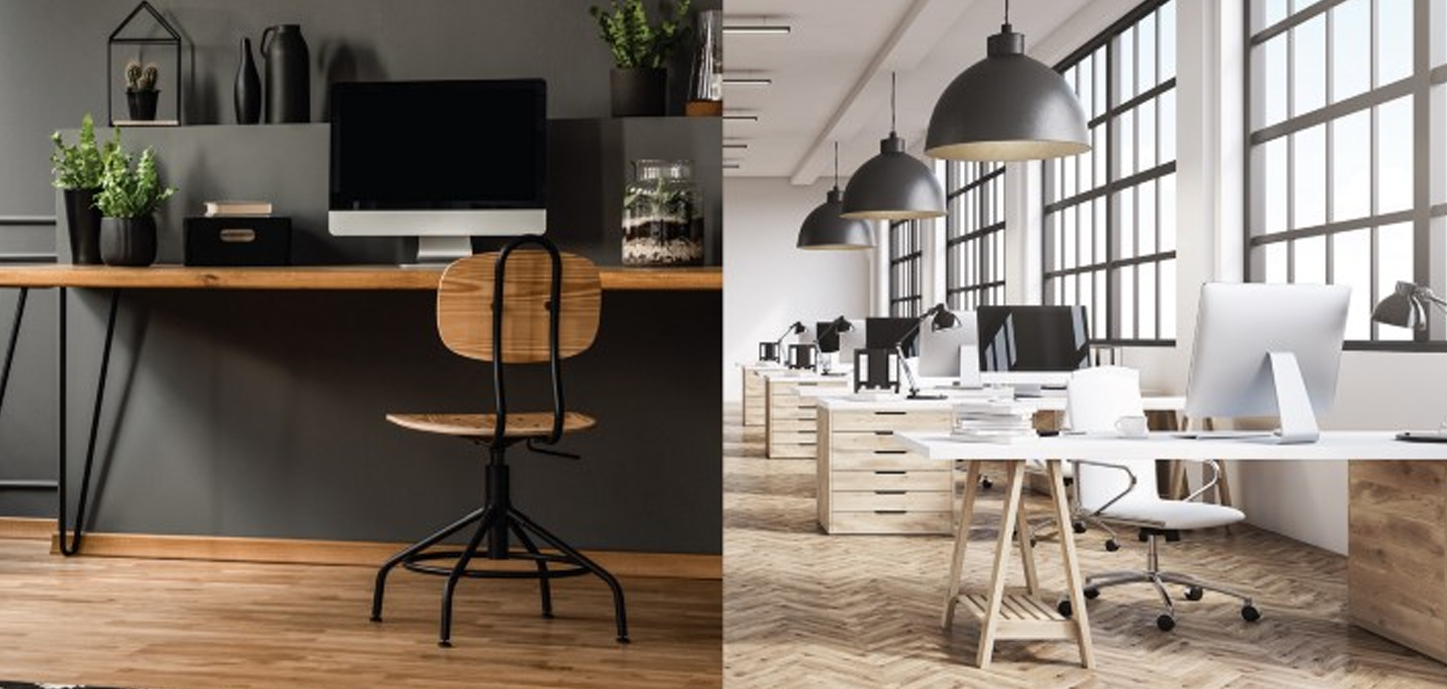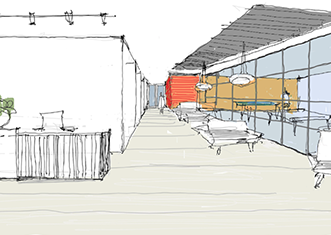Here's a fun fact: the average person spends about 90,000 hours at work over their lifetime.
However, since March 2020, homes across the world have doubled up as offices. Now as companies contemplate bringing their employees back to the workplace, let's consider what this new workplace will look like: Open Office or Dynamic Workspace?
But isn't an Open Office already a Dynamic Workspace?
On the surface, Open Offices and Dynamic Workspaces might sound like two versions of the same thing. Both feature open-plan floors, huddle rooms, privacy booths, networking spaces and the like. The philosophy behind the two however is very different.
The open office design emphasizes choice and collaboration.
Typically an Open Office has varied personal, private and group spaces to help with different kinds of tasks. The goal is to facilitate collaboration and transparency, which in turn is meant to foster productivity. But it is still meant to be where people will go, at least 5 days a week, about 50 weeks a year, and get most of their work done.
The upside of an Open Office space is that it enables people to communicate instantly, allows for diverse ideas to be shared, and makes employees feel like they know what's happening in the organization.
The downside is that there is no privacy and it can get very distracting. There is also the danger of 'groupthink' rather than the exploration of individual ideas. In the context of the pandemic, the open office might not be ideal - the more people in the room, the greater the risk of someone carrying the virus and someone else catching it.
The dynamic workspace focuses on productivity rather than location.
The Dynamic Workspace centres around the employee and how he/she/they prefer to work. It emphasizes the employee's output over the number of hours worked. While the physical design of such a space might resemble an open office, it also factors in flexible schedules and working from home or remote locations.
The advantages of such a work environment is the flexibility it gives employees to work in a group or alone, at times when they are most productive, from wherever they want. This is especially relevant to the current situation, where employees might prefer to telecommute and work from their homes.
On the flip side, coordination could become a problem - particularly if each one is working at his/her/their own time and pace. And as with the open office, interruptions could be an issue for those working at the office.
There's no right or wrong way to return to work.
If 2020 has taught us anything, it is that we can all adapt. Both types of office spaces have their advantages, but perhaps the Open Office is better suited for certain industries while the Dynamic Office is better for others. In deciding how and when to bring employees back to work, organisations would do well to evaluate what has worked for them over the past year, and what has not. The answer could be staring them in the face.








